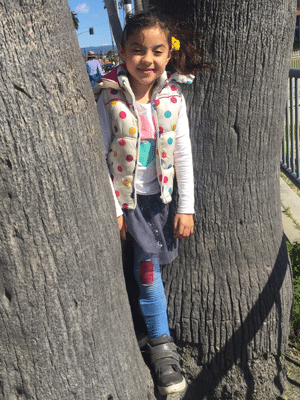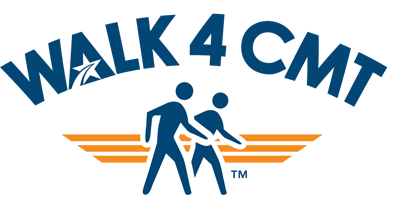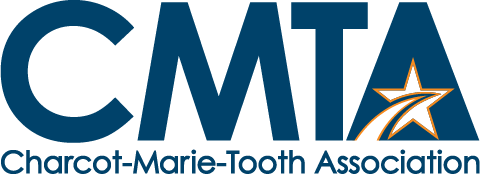
My daughter Lia, now 7 years old, was diagnosed with Charcot-Marie-Tooth disease at the age of 2. Lia’s CMT1B mainly affects her legs and feet, with increasing weakness in her hands and an associated sleep apnea. She wears braces and uses a walker at school. CMT may affect Lia’s body, but it can’t touch her spirit. She is an active, tenacious and outgoing child with lots of friends, who gets involved in as many activities as possible (often to the consternation of her parents). Lia occasionally falls, but she never cries and she always bounces right back up. A frequent sound in the O’Sullivan household is a crash followed immediately by a shout of “I’m ok!”
Lia’s early life included a variety of doctors and a battery of tests as her parents pushed for a diagnosis. Neither of them have CMT; Lia’s case was a spontaneous mutation. Lia’s path was made easier by several fortunate events: The first was finding the Bay Area CMTA Branch, then led by Elizabeth Ouellette. Along with Lia, we met many others with CMT, and could finally see how people lived with the disease. Their examples inspired confidence, and I am now the leader of the Bay Area CMTA Branch.
The second fortuitous event was meeting Dr. John W. Day at one of the CMTA meetings and learning about the CMT Center of Excellence at Stanford Children’s Health. Lia now sees Dr. Day regularly and there is a tremendous relief in having a doctor who is knowledgeable about CMT.
The third event was really more of a process—educating the school board about CMT and getting it to ensure that Lia could safely attend school in a normal classroom environment. Unbelievably, this was in question for a while, but Lia now has an aide who watches for her safety and assists her when she needs it. She also has a specialized chair, desk and writing implements, and is starting to practice with “speech to text” computer technology.
Attending school is a huge part of Lia’s life. She is very smart and extremely social; she loves her teachers and classmates, and it takes a while to leave every day with all the hugs and goodbyes. Her friends also look out for her and are both careful and considerate: They will suggest leaving the playground and playing a board game at lunchtime to make sure Lia is always fully involved. I’ve spoken at the school and educated everyone about CMT, at one point reading Lia’s classmates her favorite book “Everyone Has Something,” by Sarah Kesty.
While Lia’s CMT is progressing, she is also growing and getting stronger, thanks to regular physical therapy at California children’s services. She persists in driving us crazy by insisting on climbing trees and playground structures. Like any child, she is besotted with comic books and “screen time,” but she also goes swimming every week and plays soccer in an adaptive league. Her favorite things above all are playdates, or going for a “visit” somewhere. Lia is all about other people.





